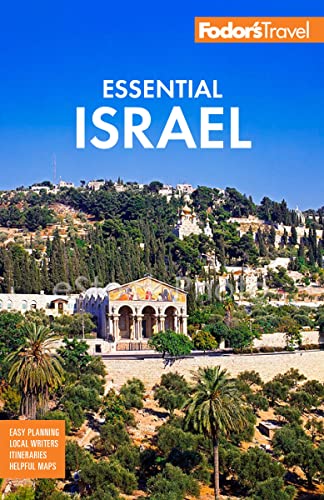The German Colony got its name from a group of breakaway Lutherans known as the Templers (not the medieval ones: these are spelled with an "e" ). They established half a dozen communities around the country in the 1860s and '70s in the belief that their presence in the Holy Land would hasten the Second Coming. Feelings of German patriotism ran high among the Templers in World War I, and many were interned as enemy aliens by the victorious British forces in 1918. Pro-Nazi sentiments and symbols surfaced in the 1930s, and the British deported most of the group en masse when World War II broke out. Look for the row of private stone houses towards the northern end of Emek Refa’im, many with German inscriptions and dates over the doorways.
Israelis have discovered the old-world charms of "the Moshava" (the German Colony) and its environs, and so should you. This isn't the place for headline sights, but take in the good eateries and cafés, some memorable restaurants and pubs in the First Station and Colony compounds, and a sprinkling of little stores, particularly along Emek Refa’im Street. Relax with the residents, especially daytime Friday or on warm summer evenings (except Friday), when the area is at its liveliest.
The Baka neighborhood, just across the old train tracks east of the German Colony, has its busy thoroughfares, stores, and coffee shops, to be sure, but its true character lies in a maze of eucalyptus-shaded backstreets and century-old homes built in the Jerusalem style with honey-color limestone. Many have been preserved or restored, while others have given way to (mercifully) low-rise modernization.





